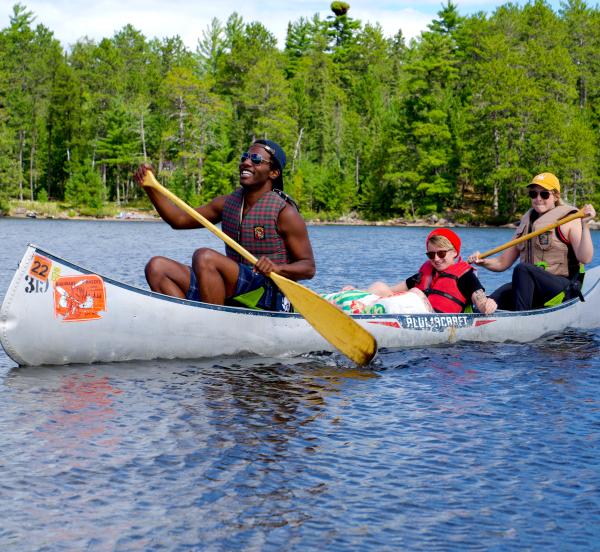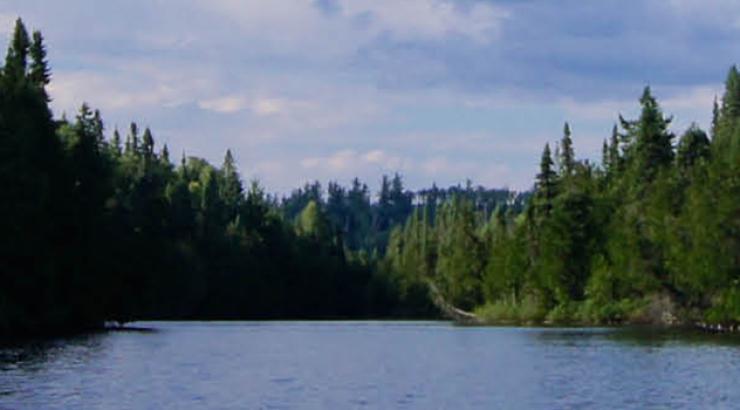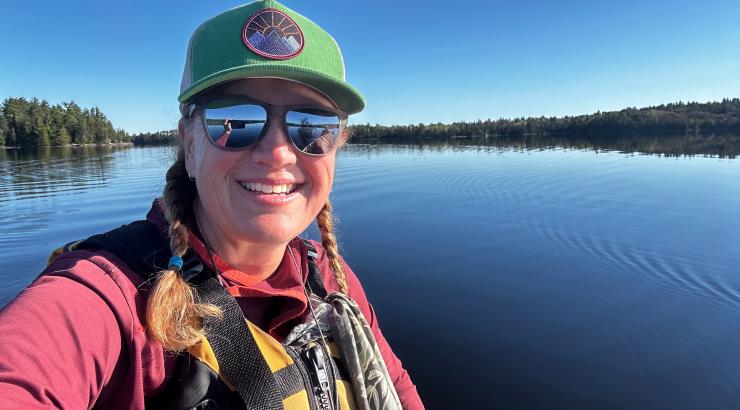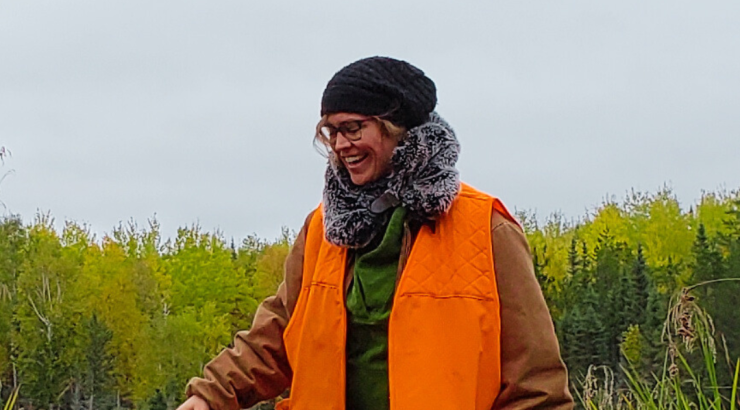The Boundary Waters Canoe Area Wilderness (BWCAW) and surrounding ecosystems have long been considered sacred and unique landscapes. For millenia, the area has been significant to and stewarded by the Anishinaabe and other Indigenous people—long before the Wilderness Act, or the Western conception of “wilderness,” was ever conceived.
Landscapes across the country, like that of northeastern Minnesota, were identified as vulnerable - facing threats of industrialization and requiring additional protection. Thus, a framework for preserving the wild landscapes that define the spirit of our country was developed.

Today, we mark the significance of the Wilderness Act's 60th anniversary and look ahead to the next 60 years of wilderness protection. In honor of this significant milestone, conservation organizations (including Save the Boundary Waters!), leaders, businesses, and lawmakers from across the country unite to honor and celebrate this bedrock environmental law and declare September Wilderness Month. The White House officially proclaimed September as National Wilderness Month as well.

For Wilderness Month, Save the Boundary Waters is organizing special events in northern Minnesota, the Twin Cities, and Washington D.C. with our many allies.
Today’s milestone is a testament to the enduring legacy of the Wilderness Act and the Boundary Waters Canoe Area Wilderness. It is our honor to continue and expand upon the legacy of Wilderness champions before us by ensuring that this vital area remains protected for future generations.
The Wilderness Act made visionary and remarkable conservation efforts across the country possible. Yet wilderness has become increasingly deprioritized in Congress, partly due to political polarization and the influence of corporate interests.
Sixty years later, we face new challenges in preserving these pristine landscapes:
- Ensuring wild spaces are accessible to historically marginalized communities
- Incorporating Indigenous traditional ecological knowledge into management practices
- Supporting wilderness-edge communities
- Addressing the impacts of climate change on these vital ecosystems
Save the Boundary Waters strives to honor the legacy of the Wilderness Act by working to protect America’s most visited and arguably most contentious Wilderness Area, from the development of copper mining in its headwaters. Permanent protection of this wilderness and its headwaters necessitates a multi-pronged strategy consisting of litigation, advocacy, outreach, education, water quality monitoring, and more. The protection of this landscape and wilderness areas across the country depends on their defenders. Remember that when we speak loudly for these quiet places, we have the power to make a significant impact and ensure that the BWCAW continues to thrive for generations to come.



